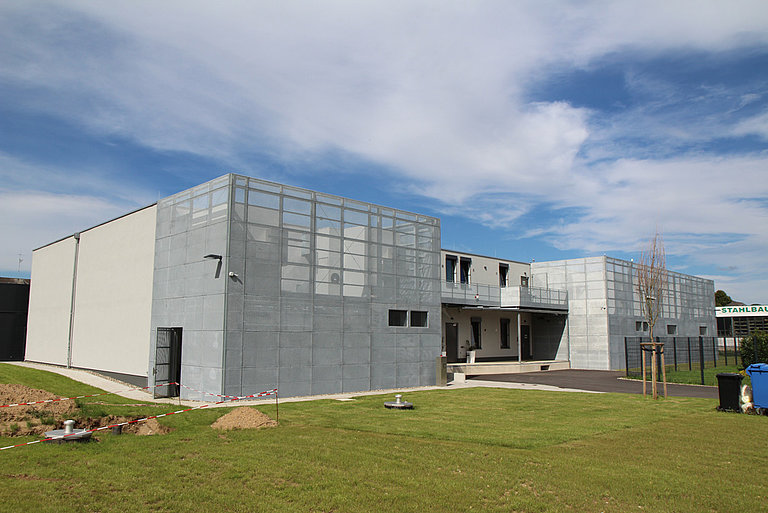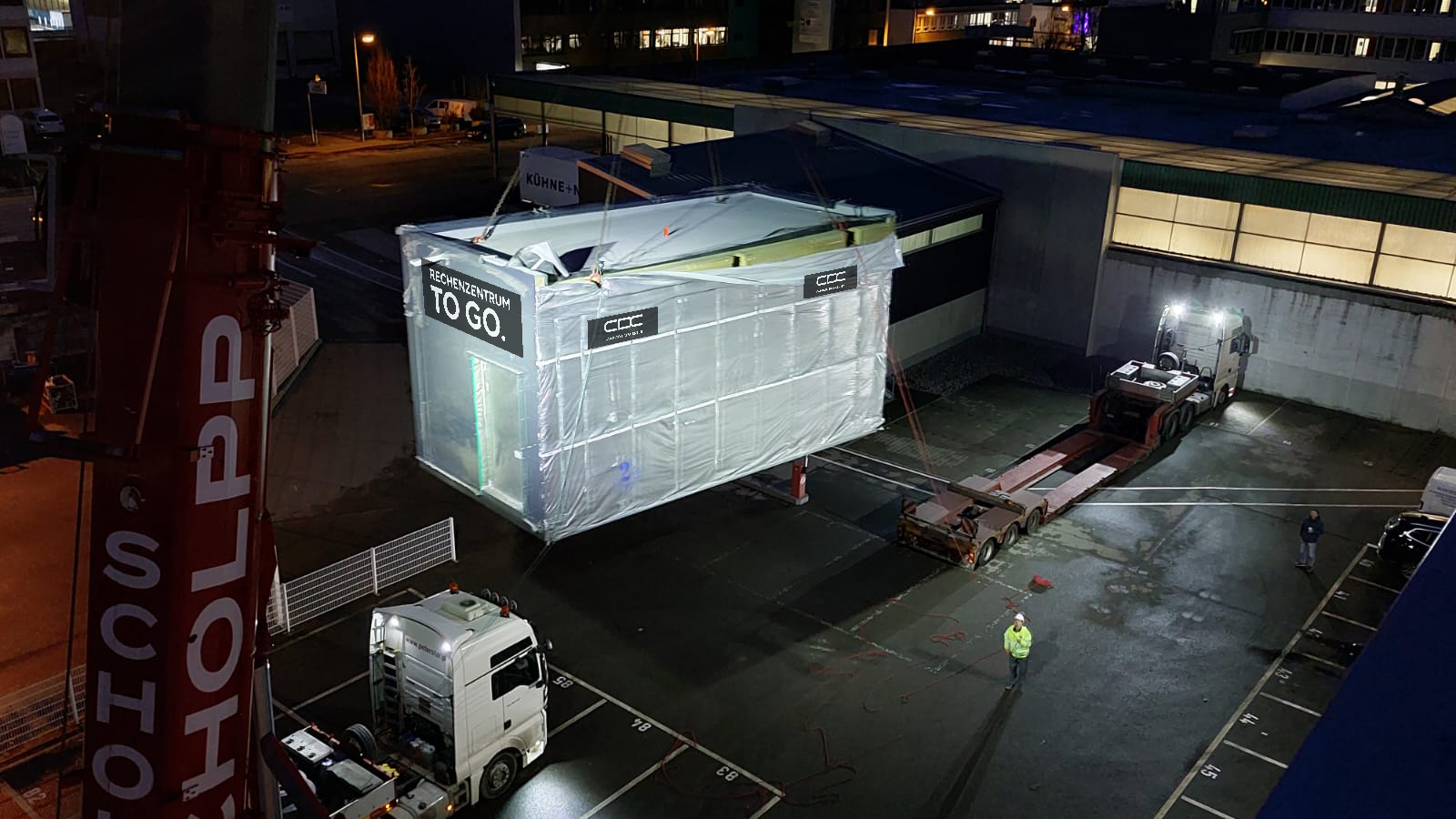In today’s digital world, more and more devices and applications are interconnected. The Internet of Things (IoT) makes it possible to collect and analyze data in real time, resulting in a rapidly growing amount of generated and processed information.
To meet these demands, a new approach to data processing has emerged: Edge Computing. In this article, edge computing will be explained in more detail, the history of its development will be considered, application examples will be given, and the development in recent years will be analyzed. It also discusses the advantages of implementing edge computing using modular data centers.
Definition
Edge computing refers to an approach to data processing in which the processing of data takes place closer to the data source. In contrast to conventional cloud computing, in which data is processed in central data centers, data processing in edge computing takes place directly at the periphery of the network, i.e. at the “edge” of the network. This decentralized processing of data can reduce latency, lower the network load and thus enable more efficient and faster data processing.
History of edge computing
The idea behind edge computing was born out of the need to process the growing amount of data more efficiently and reduce data transmission latency. As IoT devices proliferated and the number of networked applications increased, so did the need for faster and more efficient data processing. In the early 2010s, researchers and companies began to look more closely at distributed data processing solutions, which led to the development of the edge computing concept.
Application examples for Edge Computing
Edge Computing is used in a variety of application areas, including:
- Autonomous driving: In self-driving cars, fast processing of sensor data and real-time communication between vehicles is critical for safety and efficiency. Edge computing enables low latency and faster response times.
- Smart Cities: In smart cities, sensors and IoT devices are used to monitor and control traffic, energy supply, and other urban infrastructures. Edge computing can help accelerate data processing and reduce network congestion.
- Industry 4.0: In Industry 4.0, production processes and manufacturing facilities are controlled by IoT devices, sensors, and automated systems. Edge computing can help reduce latency and increase production efficiency.
- Healthcare: Edge computing can help connect medical devices and systems more efficiently in healthcare, enable real-time patient monitoring, and accelerate the processing of large amounts of medical data.
- Retail: In retail, Edge Computing can be used to collect and analyze real-time information on customer behavior and preferences, provide personalized recommendations and offers, and manage inventory more efficiently.
Development of Edge Computing in recent years
In recent years, Edge Computing has developed rapidly and has become an important part of modern IT infrastructures. With the increasing proliferation of IoT devices and the growing need for real-time data processing, more and more companies have integrated Edge Computing solutions into their systems. At the same time, Edge Computing technologies and platforms have also advanced to enable more efficient, secure, and scalable data processing.





